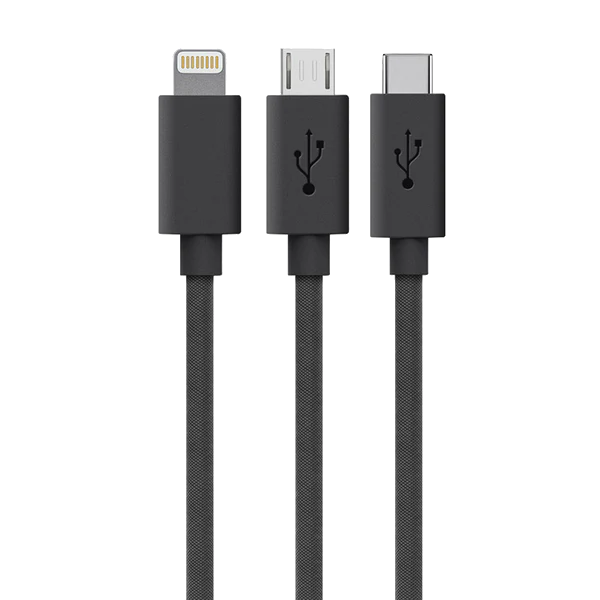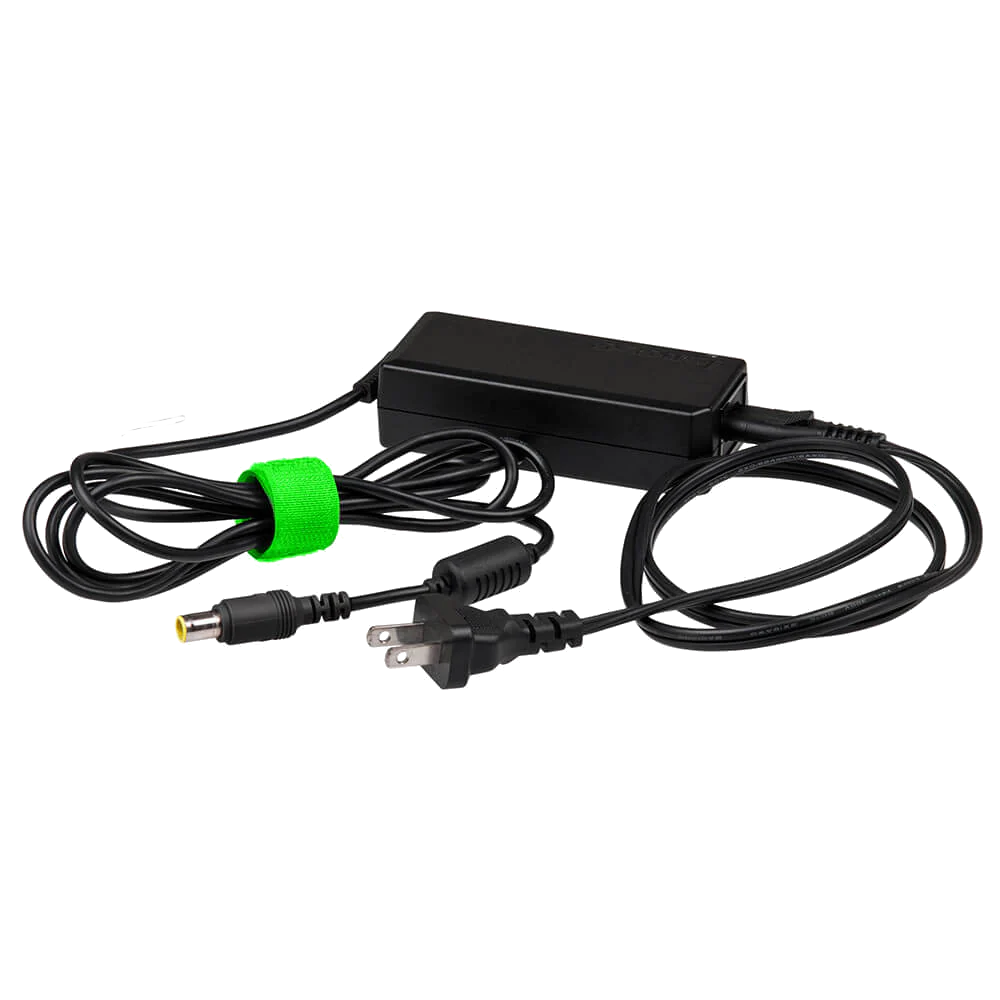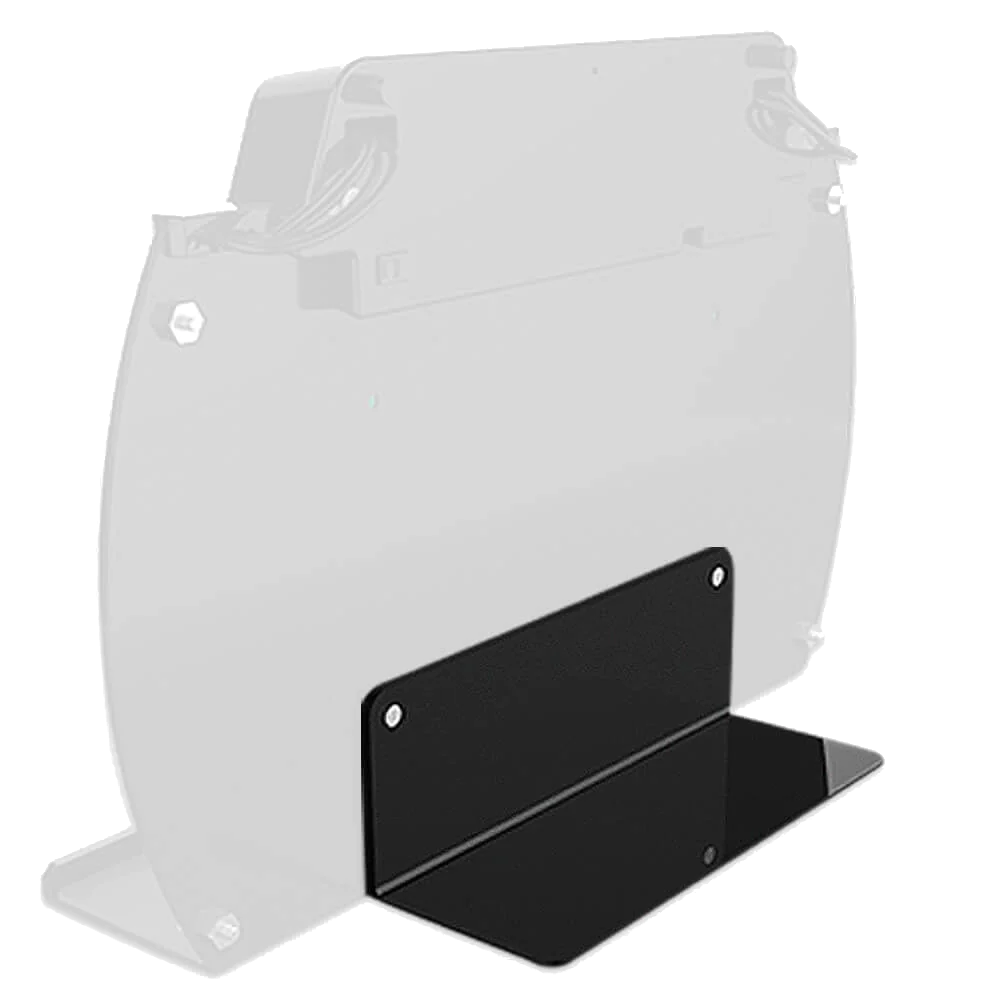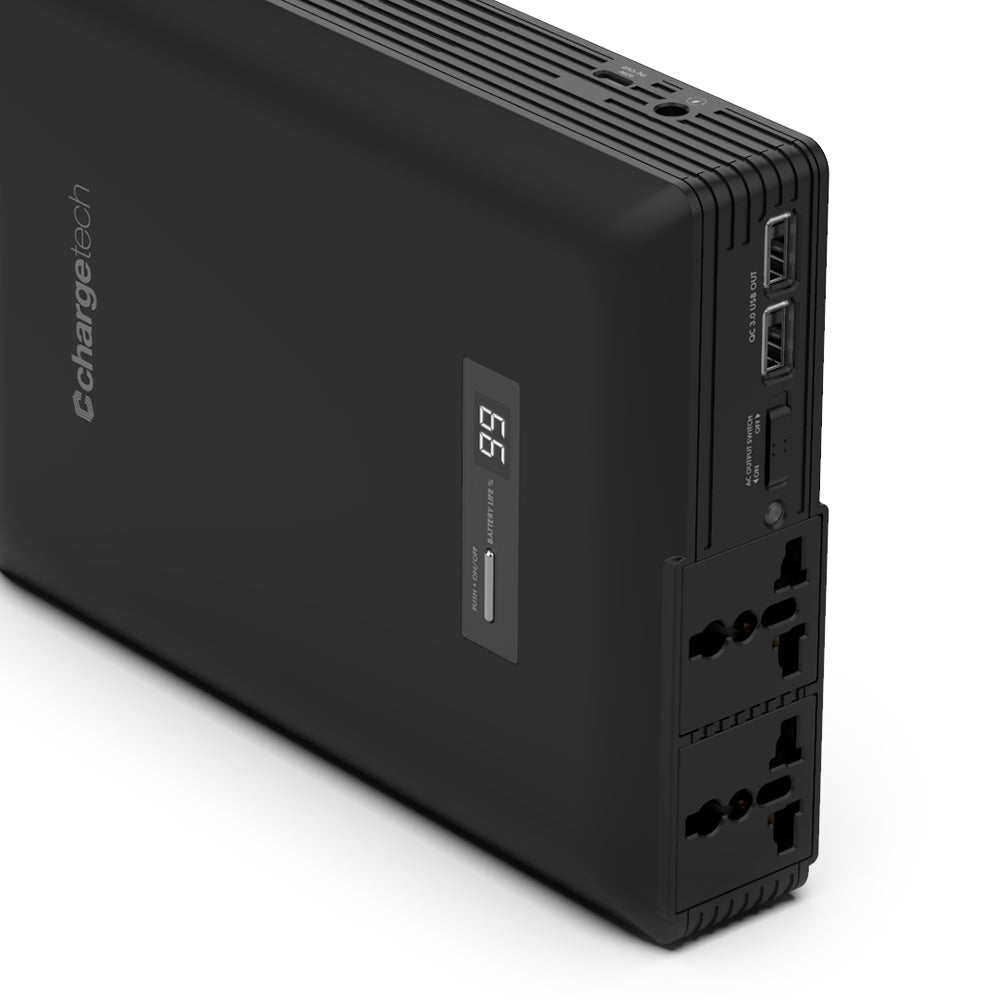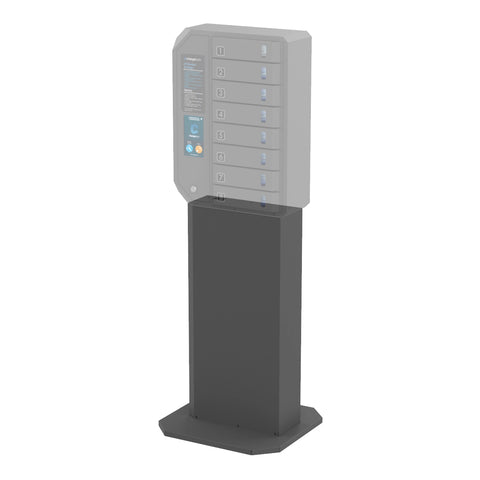Cell Phone Charging Station for the Classroom
Mobile electronics like cell phones, tablets and laptops have become increasingly important in the classroom setting, where much of the homework/classwork takes place on an electronic device rather than on pen and paper. Even though for many years cellphones were prohibited for use in high schools and colleges, cell phone charging stations are starting to be used in classrooms for a multitude of reasons, including attendance taking, checking for sources and even doing interactive in-class activities. Because of this, many schools are looking for methods of classroom phone storage and mobile device charging for the classroom, so teachers can take advantage of the learning benefits of mobile devices. According to an article on charging mobile devices in high school settings from Kwikboost's website:"...The majority of student-owned mobile devices are used for studying, note-taking during classes, researching, and doing homework. In fact, multiple studies show that students who have access to mobile devices on campuses improve their grades. This is one reason why high schools invest in companies that manufacture a cell phone charging station and charging lockers for campus use – so that students will be equipped to better handle their responsibilities."
There are myriad benefits to ensuring student's phones remain charged and ready for use, whether it be educational or helping maintain student safety. Utilizing technology such as phone charging stations, phone charging lockers, mobile phone charging machines and charging cabinets, help to ensure that students' mobile devices are ready for use in the classroom. ChargeTech's Charging and Disinfection technology makes it easy to keep student cell phones charged and ready for use, ensuring students have access to the tech they need as they study and learn in the classroom.
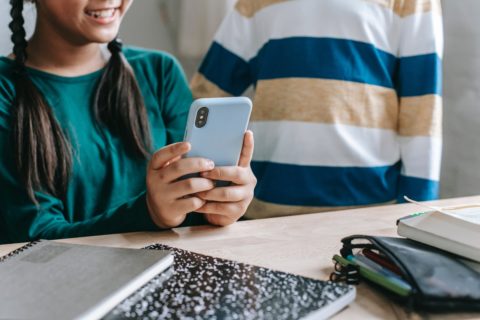
Cellphones are increasingly used in the classroom to aid in the learning process, making lessons more interactive and memorable for students.
Cell Phones & Tablets: New Tools For Educators
Even though cellphones and tablets have a reputation as being distracting in the classroom, new advancements in technology make using them a helpful tactic for teachers who want their students to learn and retain knowledge. As computer sales fall and smartphone sales begin to rise, more students may ultimately have access to cell phones than to laptop computers.Rather than only allowing laptop usage, or banning cellphones, teachers and administrators can keep up with the times and integrate cellphone usage into classroom activity. Applications like Quizlet, Kahoot, Google Classroom and Blackboard all utilize students' cell phones in the learning process, via quizzes, online flashcards and other interactive scenarios that require students' cell phones in the process.
Rather than being a hindrance to learning, these applications use cellphones & tablets in an integral way to keep students engaged and active in the classroom/lecture setting. According to teacher/writer who operates the popular blog, "The Daring English Teacher,":
"I've seen the value that cell phones can bring to education. Students who might not have access to computers at home can type and submit essays on their phones. Students can quickly look up some information and verify its validity. Furthermore, students can also use their cell phones to collaborate with their peers."
Some of the various classroom activities possible now that were not before the advent of cellphones in the classroom include; the ability for students to create short educational videos in service of their lessons, accessing online dictionaries and thesauruses for english and writing classes, collaborating and sharing group activities and projects via Google Drive and other applications, the ability to check the news via online news outlets and applications for History classes, and using apps like Memrise, Duolingo and other learning tools in order to have students more effectively absorb and remember classroom information.

Classroom learning and productivity can be improved by thoughtful use of cellphones and electronic applications.
The National Education Association has an interview with veteran teacher Ken Halla, where they describe the various uses for cellphones in the classroom, including a number of programs like Remind101, an online service that gently reminds students when their next assignment is due, or polleverywhere.com which can be used to test students on their course knowledge before an upcoming quiz or exam. In addition he recommends World Wiki and iAmerica for History and Social Studies/Sciences courses that can be used on a cellphone, tablet or laptop. Halla had this to say about cellphone usage in the classroom:
As a final tip, Halla suggests being open to letting students have some fun with their devices. He was surprised to discover that his students are quieter and more focused on their assignments when they are allowed to listen to their music during individual classwork—provided they use headphones and the music is not too loud to distract their classmates.
“It’s amazing,” he says. “The noise level in the classroom goes down, and the work amount goes up when you let them listen to their music.”
Clearly, with an attentive teacher, some thoughtful web applications and a class of willing students, cellphone usage can be productive and helpful in the classroom environment as opposed to being distracting and harmful for students. Not only that but cellphones can be helpful in the classroom for a different but even more important reason: student safety.
Keeping Students Safe with Cellphones in the Classroom
In addition, allowing cellphones in the classroom is a best practice for administrators and teachers for emergency scenarios. Cellphones are important to disaster contingency plans, and limiting access to the devices can be harmful during these situations. Once again from Kwikboost's website:"When students (and teachers) have fully charged cell phones, thanks to a school-funded cell phone charging station, the institution is demonstrating a commitment to safety. There are a number of emergency scenarios where students and faculty would need charged mobile devices."
In the event of a lockdown, natural disaster (fire, flood) or another cataclysmic event occurring at or near a school, it is imperative that students and teachers have access to their cellphones in order to call for help and allow students to call/text their parents/loved ones to let them know they are safe. Therefore it is important for these devices to be charged and ready for emergency scenarios in order to ensure student safety in the event of a disaster. According to tech entertainment source "Seeker" in an article about how cellphones are changing the emergency plans for many schools:

Classroom cell phone usage can be not only productive; it can also help keep students safe.
In addition, cell phone and mobile device usage in schools keep not only students safe but also the environment, by helping schools to move away from paper printouts/handouts and move towards more online assignments. This in turn creates much less waste, as well as diminishing the amount of paper that needs to be purchased every year, as well as printer ink and other office supplies. In an article from Student Tutor, the writer details what efforts one school system in New York has done to utilize cellphones more and paper assignments less:
“During a recent four-month period, CCSD (Clarkstown Central School District) teachers uploaded 91,000 total documents to the file sharing system, saving an estimated five million sheets of paper. Nearly 102,000 unique CCSD student documents were also uploaded during that same time period.”
This is a significant difference in cost, and allows for students to utilize resources they already have, rather than needing school administrators to go buy more product in order to keep printing. In addition, it conserves trees and keeps schools from wasting more paper product than necessary, establishing how necessary it is to switch from physical assignments to digital assignments.
Clearly, cellphones can serve an important purpose in the classroom beyond just aiding the classroom experience. They can help keep students safe and help schools have a smaller carbon footprint. But how might one go about integrating mobile technology into the classroom experience? And what are the options available for someone who wants to create a cellphone station for their classroom, or a system for classroom phone storage? ChargeTech has many products to help school administrators and teachers to better integrate the charging, disinfection and storage of mobile devices within the classroom, making sure these devices can be used whenever they are needed, whether it be in the classroom or because of an emergency.
How to Make a Cell Phone Charging Station for the Classroom?
You may be wondering what effective ways there are to set up a cell phone charging station/portable power station for the classroom or where you should store these devices while they are charging. While online there are numerous blog and images of teachers who have set up makeshift or DIY cellphone charging stations, these can be inadequate for effectively storing students' electronics, particularly a mix of cellphones, tablets and laptops, which all have differing chargers and take up different amounts of space.In an article from Jar Systems on charging devices in the classroom:
"As more schools are implementing educational technology programs where each student has a mobile computing device, such as 1:1 programs or ‘bring your own device’ (BYOD), many are running into the problem of accommodating for charging, storing, and security for multiple laptops or tablets. BYOD devices are typically supplied by the families, so there is more variety in what technology students are bringing to class and varying ages of their devices. With dwindling battery life and constant use throughout the day, students will eventually be searching for a power source to plug in their device."
It is not simply enough to set up several power strips so every student can charge their phone. Traditional power outlets only have so much wattage they give, and will not support phone chargers from an entire classroom's worth of students. Instead, a solution such as a charging cabinet or locker might be needed in order to manage the charging of students' mobile devices, so that a large volume of devices can be charged and stored at once.
ChargeTech products work to successfully solve these potential problems, so there are no potential wattage or power source problems when charging a large volume of mobile devices. Rather than setting up several power strips and doing something potentially dangerous, turn to ChargeTech charging solutions to power your students' devices. Our products have all you need to keep mobile devices charged and ready for use.
To learn more about ChargeTech’s charging solutions for mobile devices, Click here to view our products or reach out to a ChargeTech team member.

